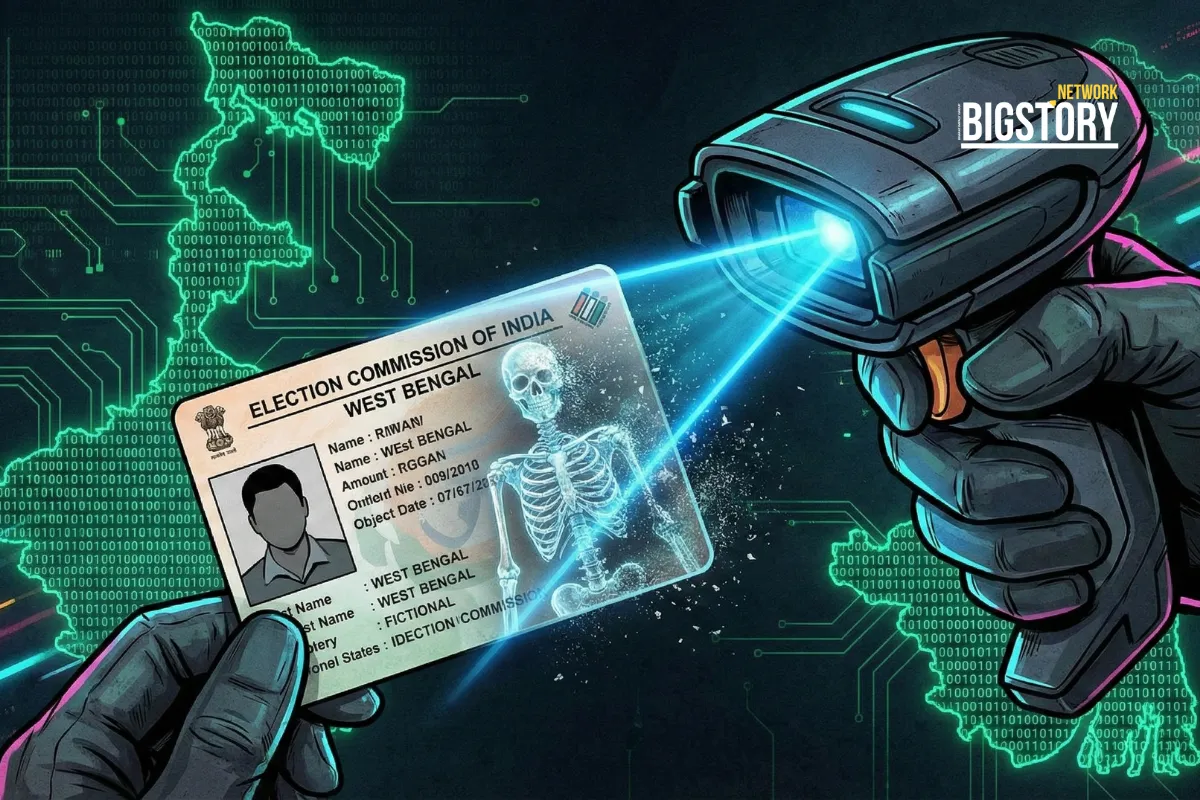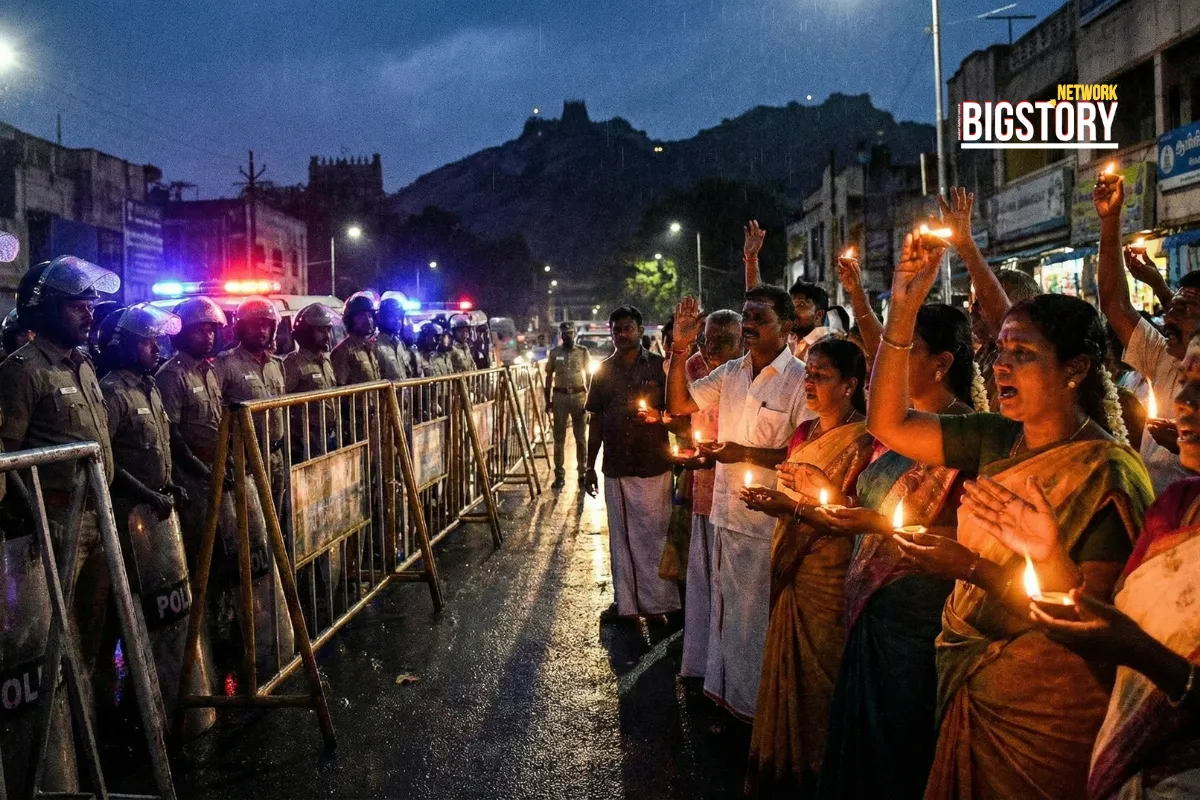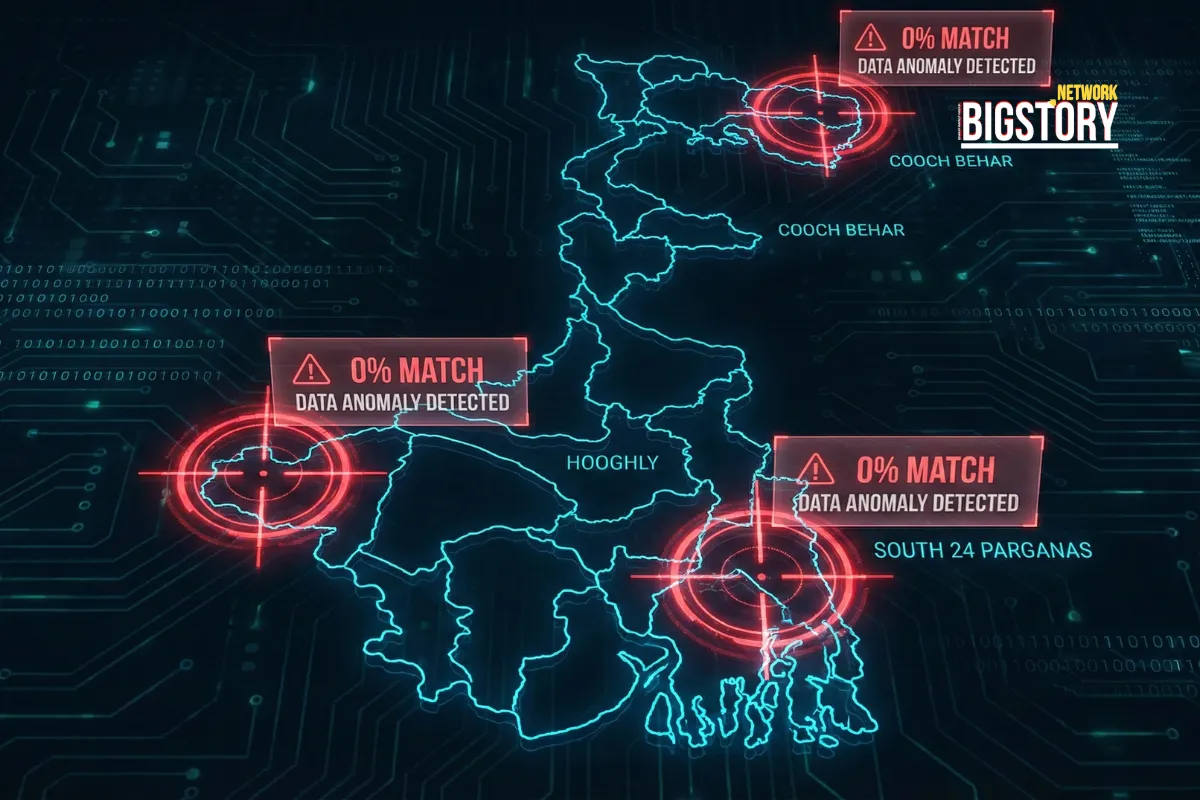Abhishek Manu Singhvi voices strong concerns that the Centre’s 30-day custody removal bills could destabilise opposition governments, undermine federalism, and weaponise arrests before trial.
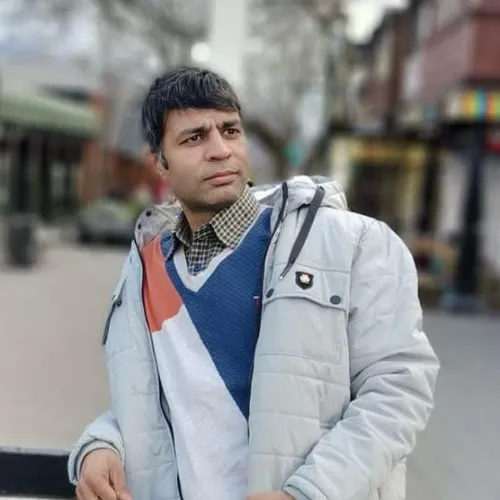 Manish Saini
Manish Saini
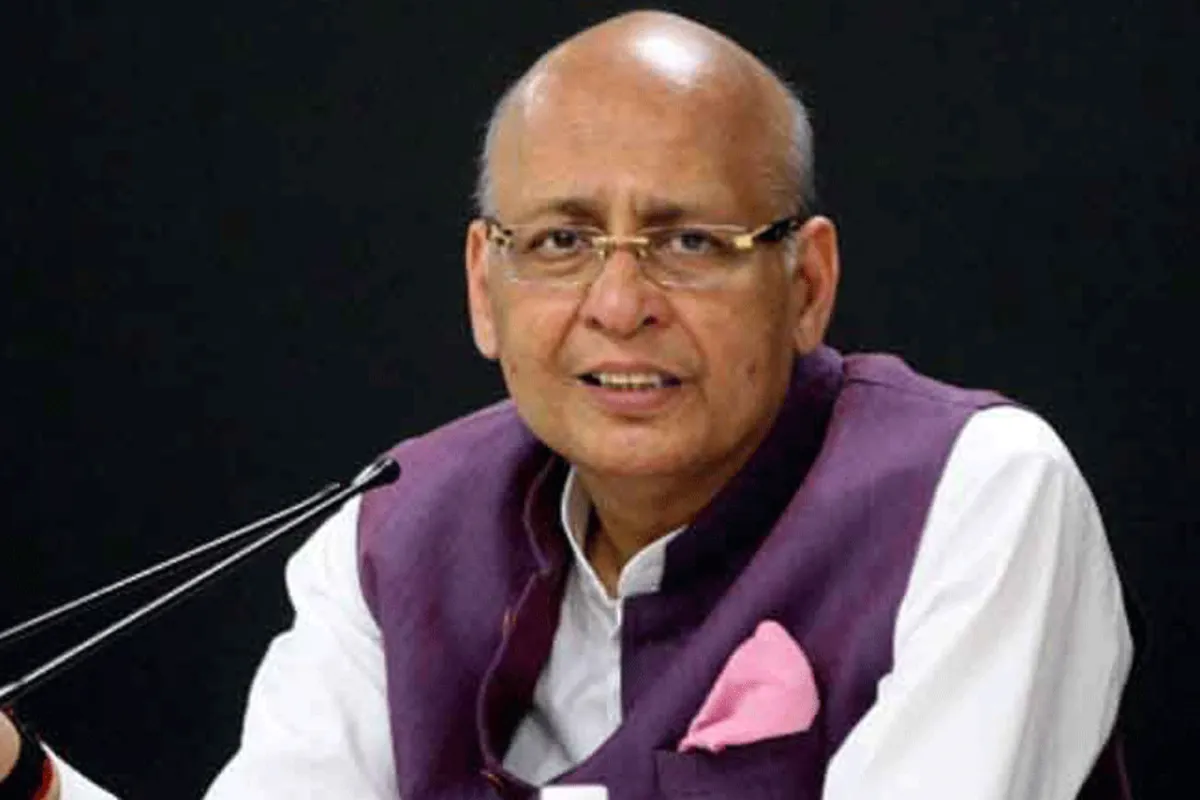
Senior advocate and parliamentarian Abhishek Manu Singhvi has sounded a sharp warning over the Centre’s move to legislate removal of prime ministers, chief ministers, and ministers who remain in custody for 30 consecutive days on serious charges. Framing the proposals as a structural threat to federal balance and due process, Singhvi argues that the bills—pitched as instruments of “constitutional morality”—risk becoming tools of political destabilisation, particularly against opposition-run state governments.
Singhvi’s central contention is straightforward: pre-trial detention is an unreliable and dangerous proxy for guilt, incapacity, or unfitness for executive office. Detention lengths often reflect investigatory tactics, bail decisions, and procedural timing rather than judicial findings on merit. Converting a 30-day custody threshold into an automatic removal trigger, he warns, would normalize pre-conviction penalties and invite strategic use of arrests to dislodge elected executives without a verdict.
He situates this risk within India’s federal architecture. In Singhvi’s view, executive legitimacy in a parliamentary democracy is determined by the legislature’s confidence and the electorate’s mandate—not by administrative clocks tied to custodial status. Empowering constitutional authorities to remove a chief minister or prime minister on the 31st day of detention, he argues, shifts the axis from legislative accountability to executive fiat, potentially dragging governors and lieutenant governors into politically charged decisions and setting the stage for Centre–state confrontations.
Due process is the other pillar of Singhvi’s critique. The presumption of innocence, he emphasizes, is not a technicality but a constitutional guardrail. A bright-line, time-based removal standard erodes that presumption by imposing a practical penalty—loss of executive office—before trial. Singhvi underscores that criminal law already provides for disqualification upon conviction under the Representation of the People Act; adding a pre-conviction removal rule for the executive, he says, blurs the line between allegation and adjudication.
Operational ambiguities also concern him. What exactly counts as “30 consecutive days”? Do transitions between police and judicial custody merge seamlessly? How are multiple cases in different jurisdictions tallied? Can court recesses, administrative delays, or remand extensions—none of which speak to culpability—tip an elected leader over the removal threshold? Without narrowly tailored definitions and strong, independent oversight, Singhvi fears the framework would produce arbitrary outcomes and invite litigation amid governance crises.
Singhvi’s critique extends to political incentives. In his assessment, the bills create perverse rewards for engineering arrests rather than securing swift, fair trials. In closely fought states, the temporary removal of a chief minister can upend coalitions, embolden defections, and rewire legislative arithmetic—outcomes that can be achieved without ever proving a charge in court. Such dynamics, he cautions, divert politics from policy and performance toward process-gamesmanship and prosecutorial brinkmanship.
Rather than simply opposing the bills, Singhvi lays out a suite of guardrails and alternatives to reconcile governance continuity with constitutional prudence:
Singhvi also calls for careful drafting to cabin discretion. Automaticity sounds clean in theory, he notes, but in practice it shifts decisive power to those who can influence detention duration. Narrow tailoring, precise definitions, and mandatory judicial oversight are essential to keep the law from drifting into partisan hands.
On federalism, Singhvi urges restraint in empowering governors and lieutenant governors with removal triggers. India’s constitutional jurisprudence has repeatedly warned against over-broad gubernatorial discretion. If any role is contemplated, he argues, it must be ceremonial and tightly bound to a prior judicial certification, with immediate floor validation by the legislature to reaffirm democratic legitimacy.
He emphasizes that governance dilemmas—how to ensure continuity if a top executive is unavailable—are real and solvable without sacrificing first principles. Carefully designed recusal regimes, portfolio reassignment, strict file movement protocols, and transparency can address integrity concerns during legal proceedings. These measures, coupled with fast-tracked trials, avoid turning allegation into punishment.
Singhvi’s broader message is about institutional trust. Laws crafted for rare, extraordinary scenarios often migrate into routine political practice if not tightly constrained. Once pre-trial detention becomes a lever to unseat elected executives, he warns, the incentive structure across investigative agencies, political actors, and even administrative machinery can shift in ways that corrode faith in rule of law and federal balance. Rebuilding that trust after the fact is far harder than safeguarding it upfront.
He also flags the cost to governance stability. Frequent leadership churn triggered by custody clocks would radiate uncertainty across budgets, welfare delivery, and crisis response. Markets and citizens alike price stability; a framework that catalyzes churn without adjudicative closure risks weakening institutional performance while deepening polarization.
Singhvi’s proposed middle path aims to align integrity, continuity, and constitutionalism:
By foregrounding these criteria, Singhvi invites Parliament to pursue probity without inviting politicization. He acknowledges the legitimate concern—that governance cannot run from jail indefinitely—while insisting that the cure must not be worse than the disease. In his framing, the real test of constitutional maturity is designing remedies that are both effective and restrained, preserving the fine balance between accountability and liberty, between Union authority and state autonomy.
As the debate intensifies, Singhvi’s intervention crystallizes the stakes: whether India chooses a time-clock shortcut tethered to pre-trial status, or a principled, adjudication-anchored model that keeps extraordinary powers exceptional. The path lawmakers choose will echo far beyond any single case, shaping the norms of executive accountability, the tenor of Centre–state relations, and the public’s confidence that the rules of political competition remain fair—even, and especially, in the heat of partisan contestation.

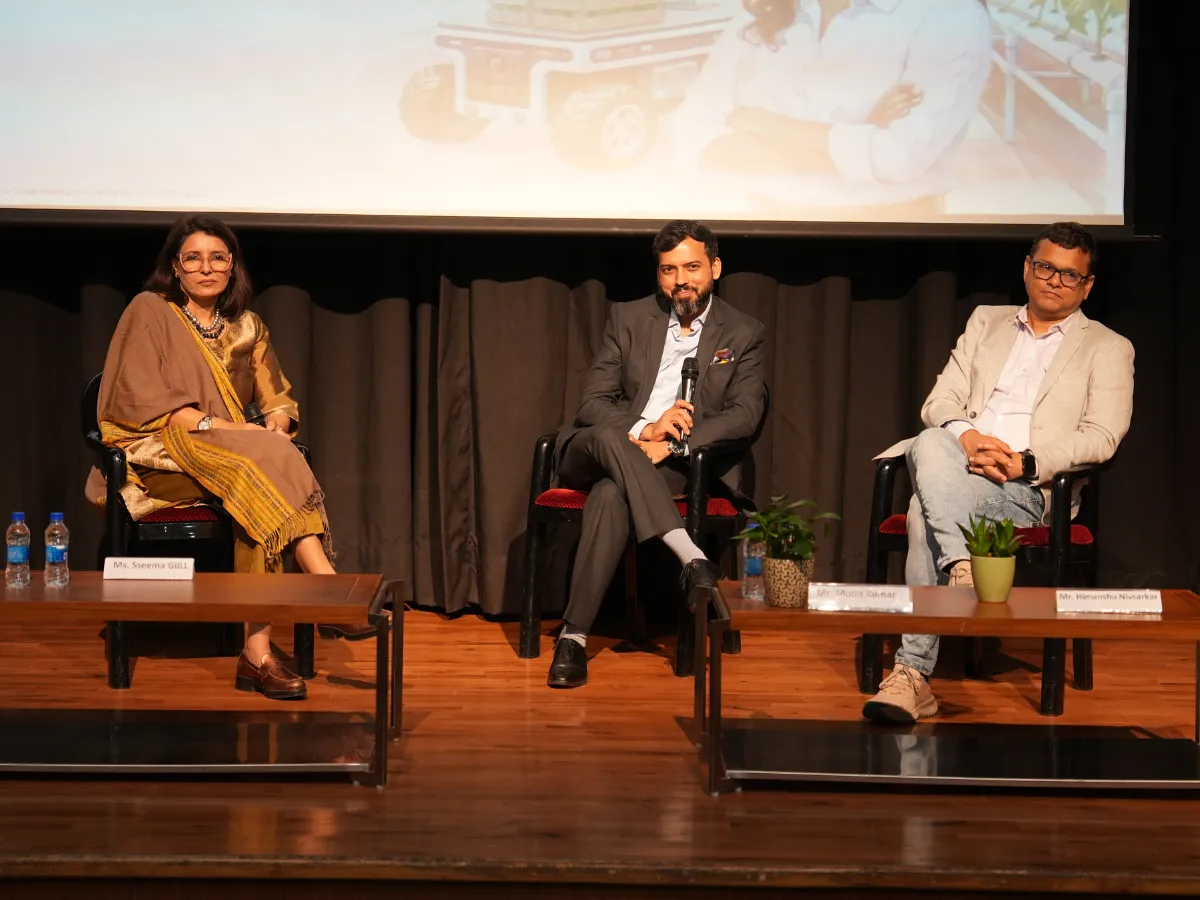

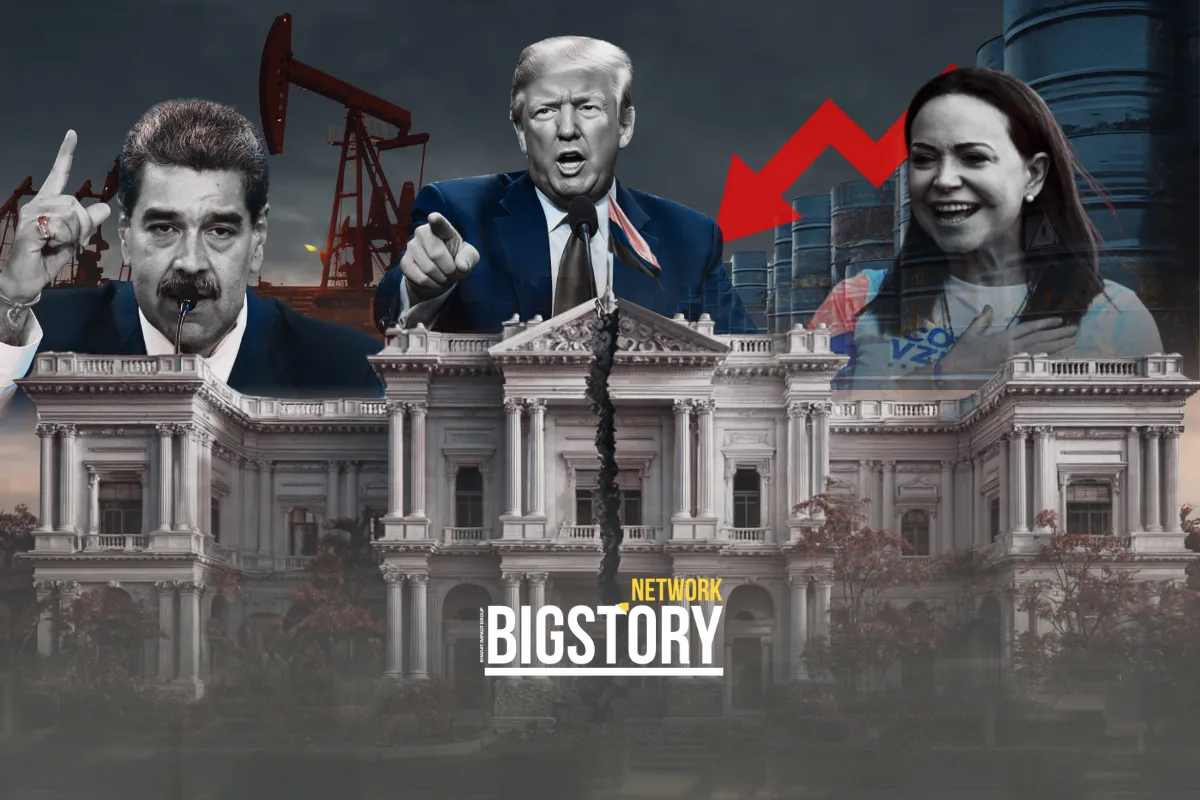


Sign up for the Daily newsletter to get your biggest stories, handpicked for you each day.
 Trending Now! in last 24hrs
Trending Now! in last 24hrs
